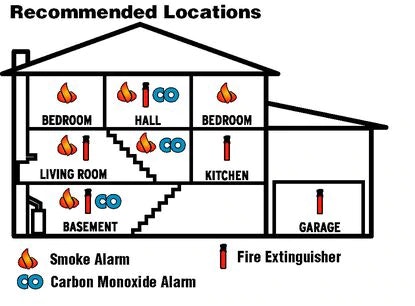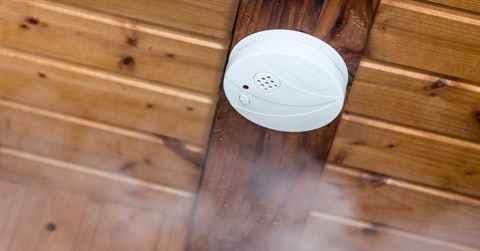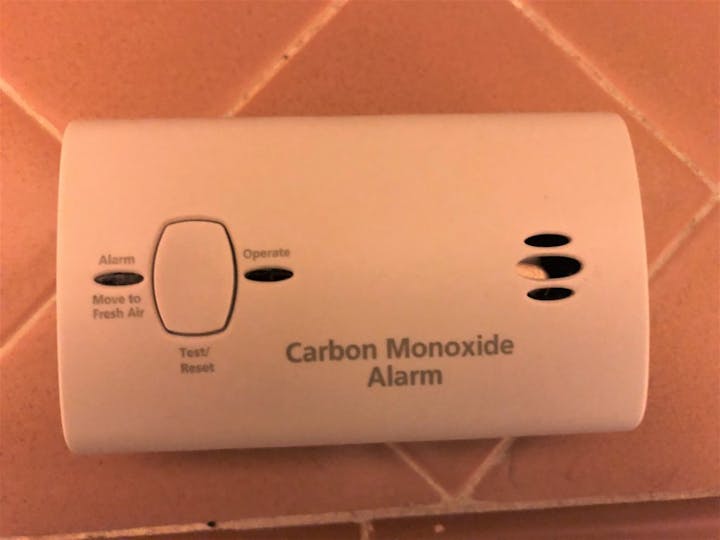Smoke Alarm Information

Working smoke alarms provide a critical early warning to a fire, allowing you vital minutes to escape, which increase your chances of survival. Additional safety tips:
- Install smoke alarms on every level of your home, in each bedroom, and outside each sleeping area (hallway).
- Never disconnect or remove batteries from smoke alarms.
- Use the smoke alarm's hush feature to silence nuisance alarms.
- Make a home fire escape plan and practice it with family members.
- Practice you home fire escape plan at least two times a year at different times of the day/night.
- Children, older adults, and people with disabilities may need assistance to wake up and get out. Ensure that someone will help them.
To test your alarm properly we recommend you:
- Push the test button to be sure the battery is working.
- Inspect your alarms to determine if they are 10 years old or older, and replace any smoke alarm 10 years old or older. Look for a date on the back of the alarm. If there is no date, your alarm is more than 10 years old and should be replaced.
- Follow the manufacturer's instructions for regularly cleaning your alarms of dust and cobwebs.
- When replacing batteries, follow the manufacturer's instructions for the correct battery type to use.
- Always retest alarms after installing new batteries.
- Replace any alarm that fails to operate after installing a new battery.
Q. Where do I install smoke alarms?
A. Smoke alarms in dwelling units shall be installed in each sleeping room as per the applicable requirements of the State Building Code at the time of construction and in the corridor or area giving access to sleeping areas according to the manufacturer's instructions*.
Where sleeping areas are located on an upper level, the smoke alarm or smoke detector shall be installed in an accessible location as close as practical to the center of the ceiling directly over the stairway. Where sleeping areas are widely separated (i.e., on different levels or opposite ends of the dwelling unit) and/or where a single smoke alarm or smoke detector will not adequately service all sleeping areas, a smoke alarm or smoke detector shall be installed adjacent to each sleeping area. (OAR 837-045-0050)
- Outside bedrooms within 21 feet of all bedroom doors.
- On each level of the home (including the basement).
- In bedrooms, if required by state building code at the time of construction.
- All smoke alarms are to be installed according to the manufacturer’s recommendations.
*Please note: required when selling or renting a home.

Q. Are smoke alarms required on every level?
A. Yes. Smoke alarms are required on each level of the home (including the basement).
Q. Are smoke alarms required in all bedrooms? **
A. Smoke alarms in dwelling units shall be installed in each sleeping room as per the applicable requirements of the State Building Code at the time of construction.
The OSFM recommends adding smoke alarms to each bedroom or other areas used for sleeping to increase protection.
**Please note: Some local ordinances have additional requirements.




